Nash President, George W Mason was no stranger to transatlantic co-operation, teaming up with Donald Healey to produce the Nash-Healey sports car and with Austin, which assembled the Metropolitan at Longbridge for the American concern. Nash’s factories were not configured to build cars of the Metropolitan’s size - the company had no suitable engines or transmissions either - so collaboration with a European manufacturer was Mason’s preferred solution. Developed in the early 1950s (from the NXI show car) and introduced for 1954, the year of George Mason’s death, the Metropolitan was marketed under its own name in the UK and as either a Nash or Hudson in the USA, the latter having merged to form American Motors Corporation (AMC). Pinin Farina (as it then was) had a hand in styling many Nash products of this period, and the pretty little Metropolitan was no exception. Built as either a two-door coupé or convertible, it often featured two-tone color schemes and was a big hit with lady drivers. Mechanically, the Metropolitan drew heavily from the BMC parts bin, its running gear being shared with the contemporary Austin A30/A40. Austin’s 1,200cc A-Series engine was fitted initially, the 1,489cc B-Series being standardized from mid-1956. A three-speed gearbox with column change was the only transmission on offer. Coincidentally with the introduction of the ‘1500’ model, the Metropolitan was extensively restyled, gaining a new front grille and losing its bonnet air intake, while the adoption of a stepped chromed waistline facilitated the provision of duo-tone paintwork. By 1961 a total of 104,377 Metropolitans of all types had been built on either side of the Atlantic. This completely restored example was rebuilt through 1995-2000 and at considerable expense, it being reported that bills for some $25,000 accompany the car. Not surprisingly the result is a beautifully presented and benchmark example of the coupe version of the model, replete with its period style cream and white two tone paint-scheme and checker-board black and white interior. Wearing a Texas black plate and even a period ‘Texans for Nixon for Texans’ sticker in the back window, this is a jolly and archetypal example of the model.
Nash President, George W Mason was no stranger to transatlantic co-operation, teaming up with Donald Healey to produce the Nash-Healey sports car and with Austin, which assembled the Metropolitan at Longbridge for the American concern. Nash’s factories were not configured to build cars of the Metropolitan’s size - the company had no suitable engines or transmissions either - so collaboration with a European manufacturer was Mason’s preferred solution. Developed in the early 1950s (from the NXI show car) and introduced for 1954, the year of George Mason’s death, the Metropolitan was marketed under its own name in the UK and as either a Nash or Hudson in the USA, the latter having merged to form American Motors Corporation (AMC). Pinin Farina (as it then was) had a hand in styling many Nash products of this period, and the pretty little Metropolitan was no exception. Built as either a two-door coupé or convertible, it often featured two-tone color schemes and was a big hit with lady drivers. Mechanically, the Metropolitan drew heavily from the BMC parts bin, its running gear being shared with the contemporary Austin A30/A40. Austin’s 1,200cc A-Series engine was fitted initially, the 1,489cc B-Series being standardized from mid-1956. A three-speed gearbox with column change was the only transmission on offer. Coincidentally with the introduction of the ‘1500’ model, the Metropolitan was extensively restyled, gaining a new front grille and losing its bonnet air intake, while the adoption of a stepped chromed waistline facilitated the provision of duo-tone paintwork. By 1961 a total of 104,377 Metropolitans of all types had been built on either side of the Atlantic. This completely restored example was rebuilt through 1995-2000 and at considerable expense, it being reported that bills for some $25,000 accompany the car. Not surprisingly the result is a beautifully presented and benchmark example of the coupe version of the model, replete with its period style cream and white two tone paint-scheme and checker-board black and white interior. Wearing a Texas black plate and even a period ‘Texans for Nixon for Texans’ sticker in the back window, this is a jolly and archetypal example of the model.
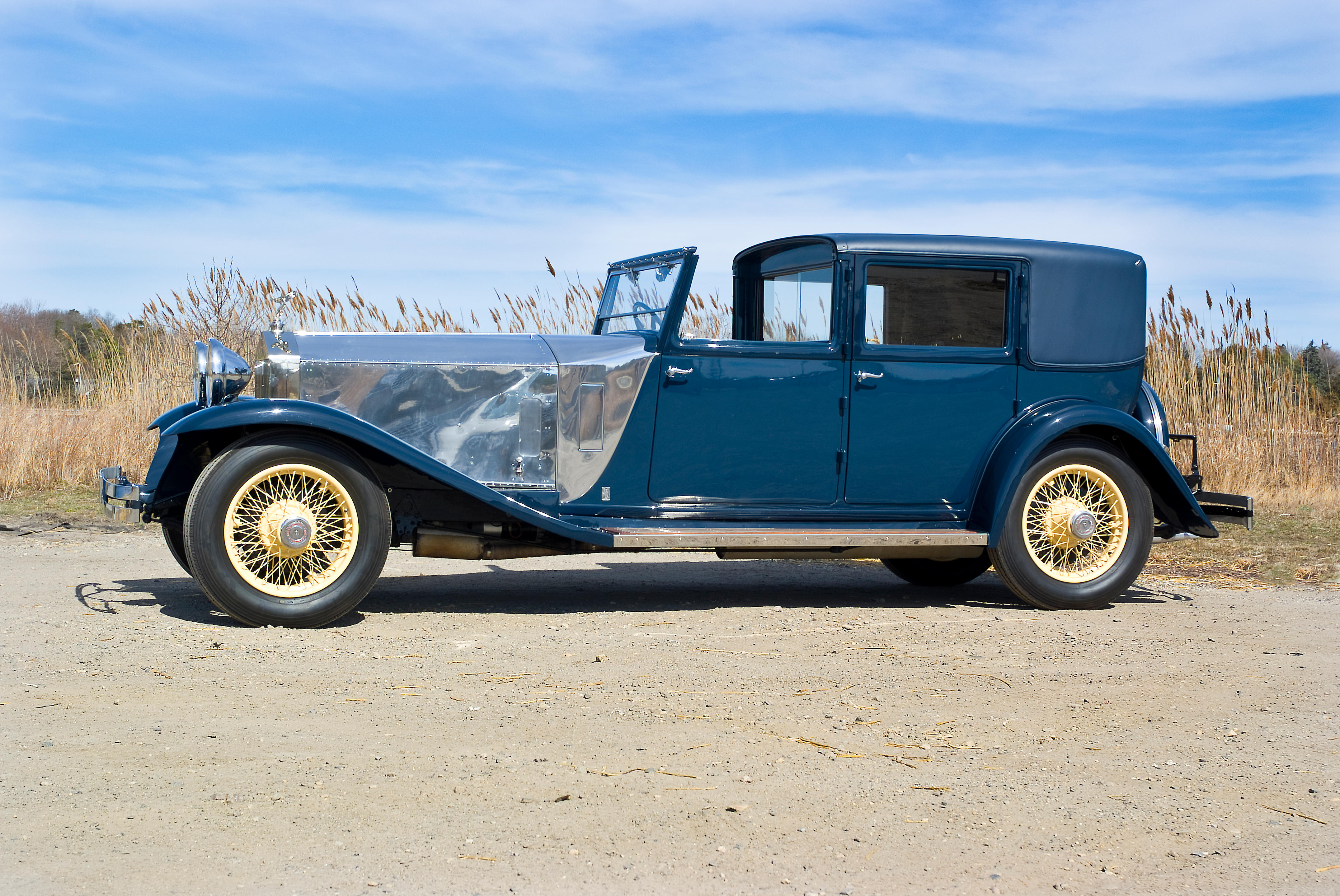
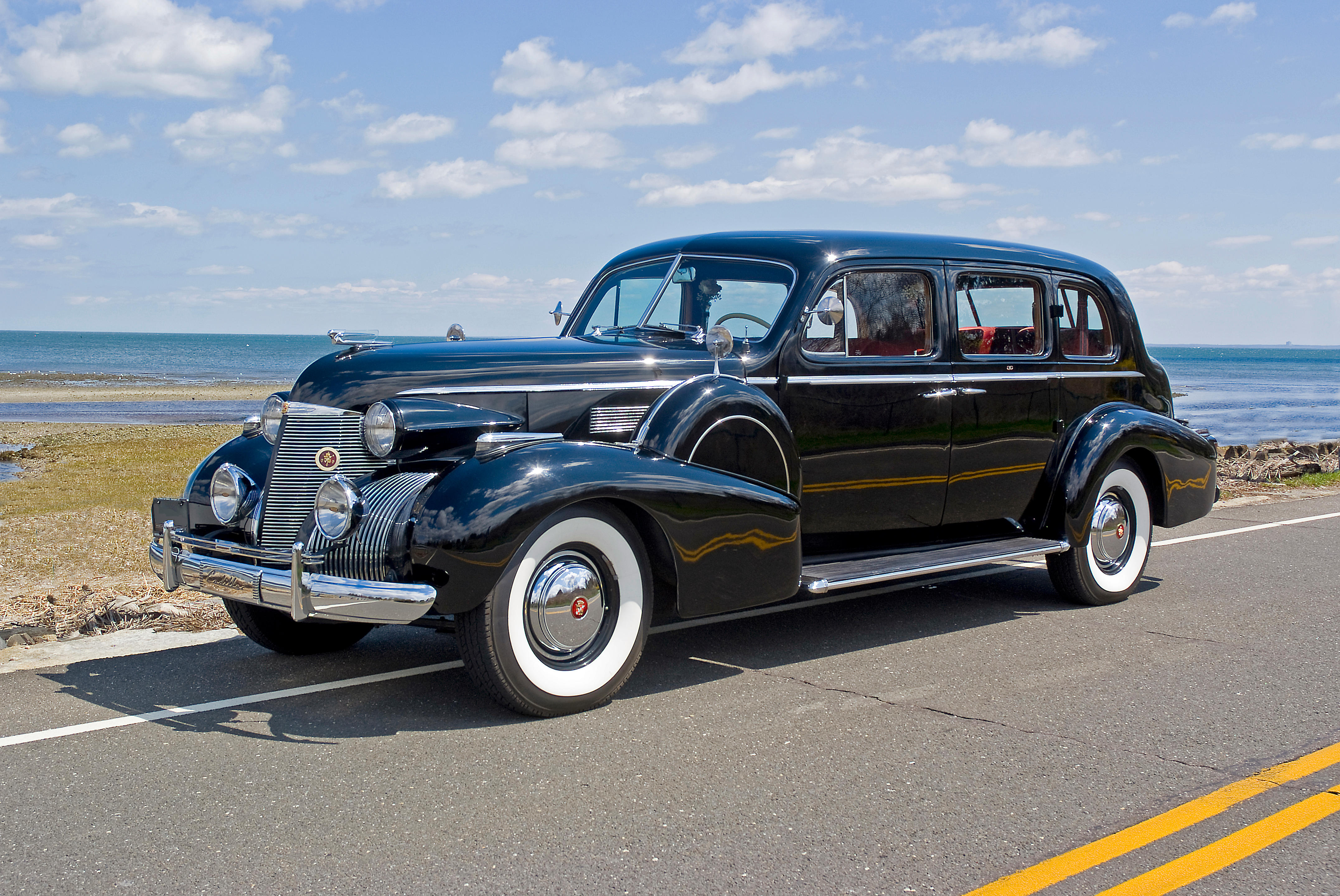
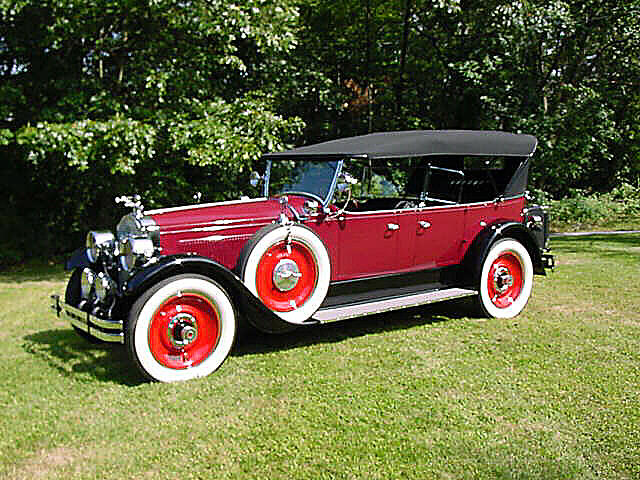
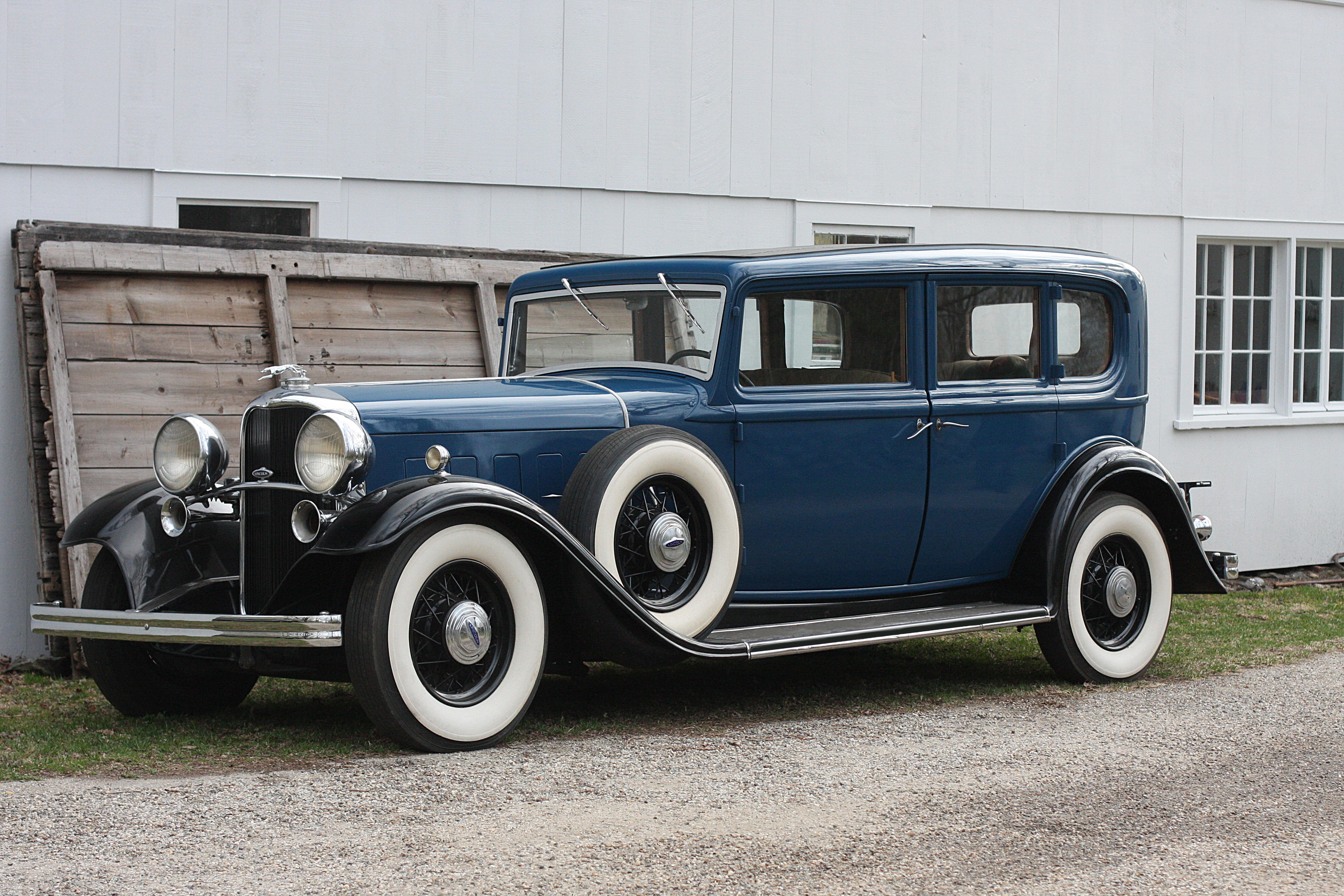
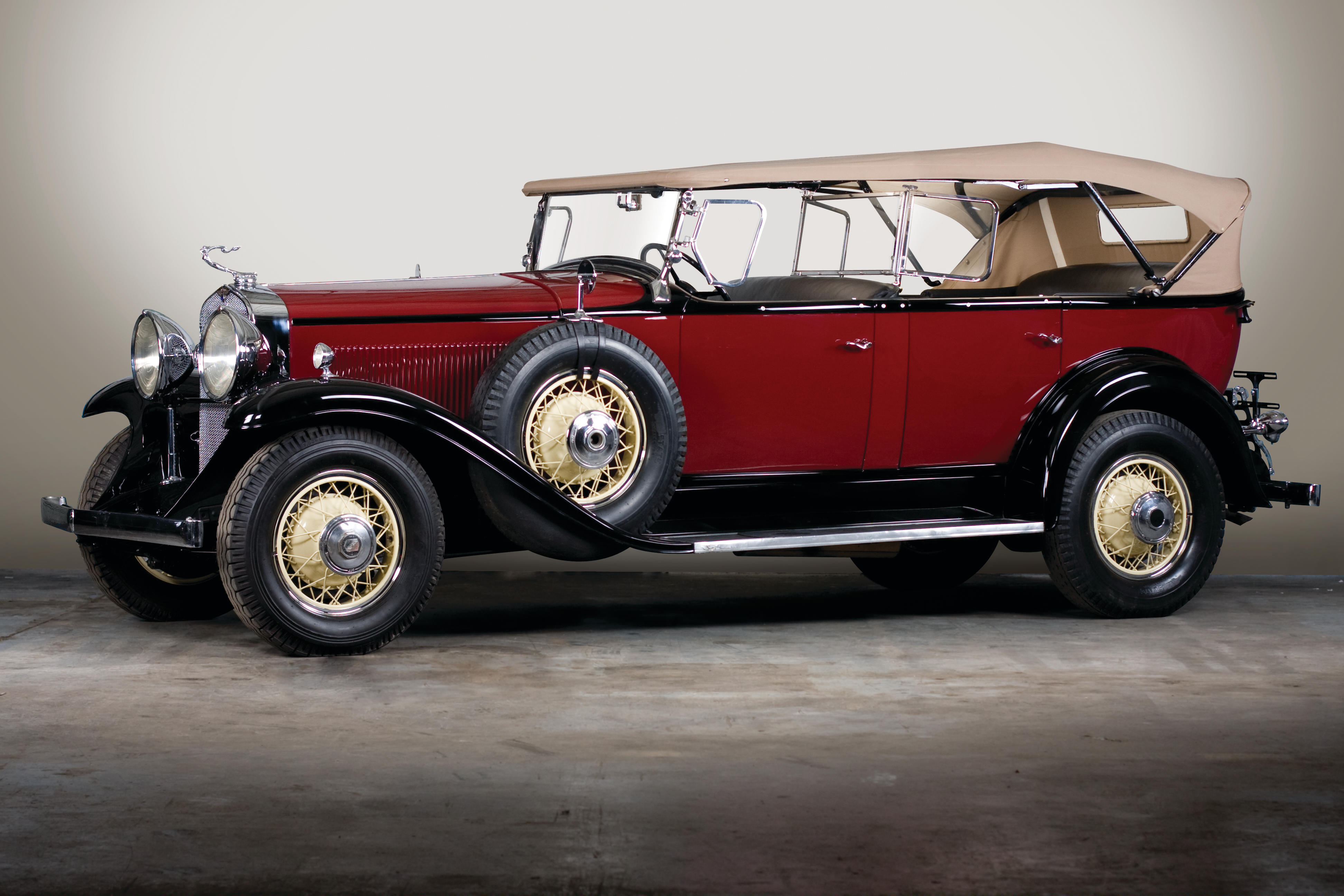

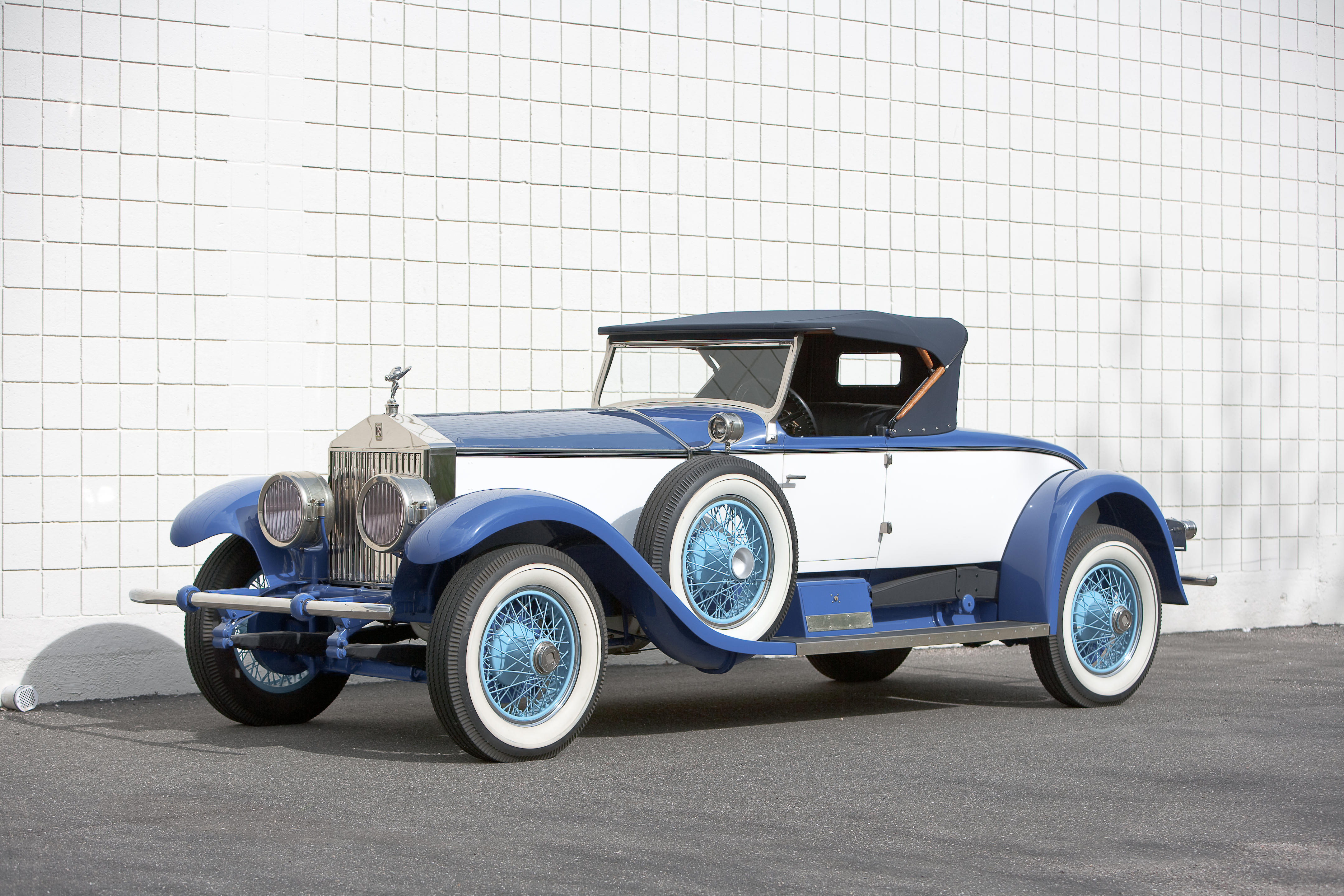



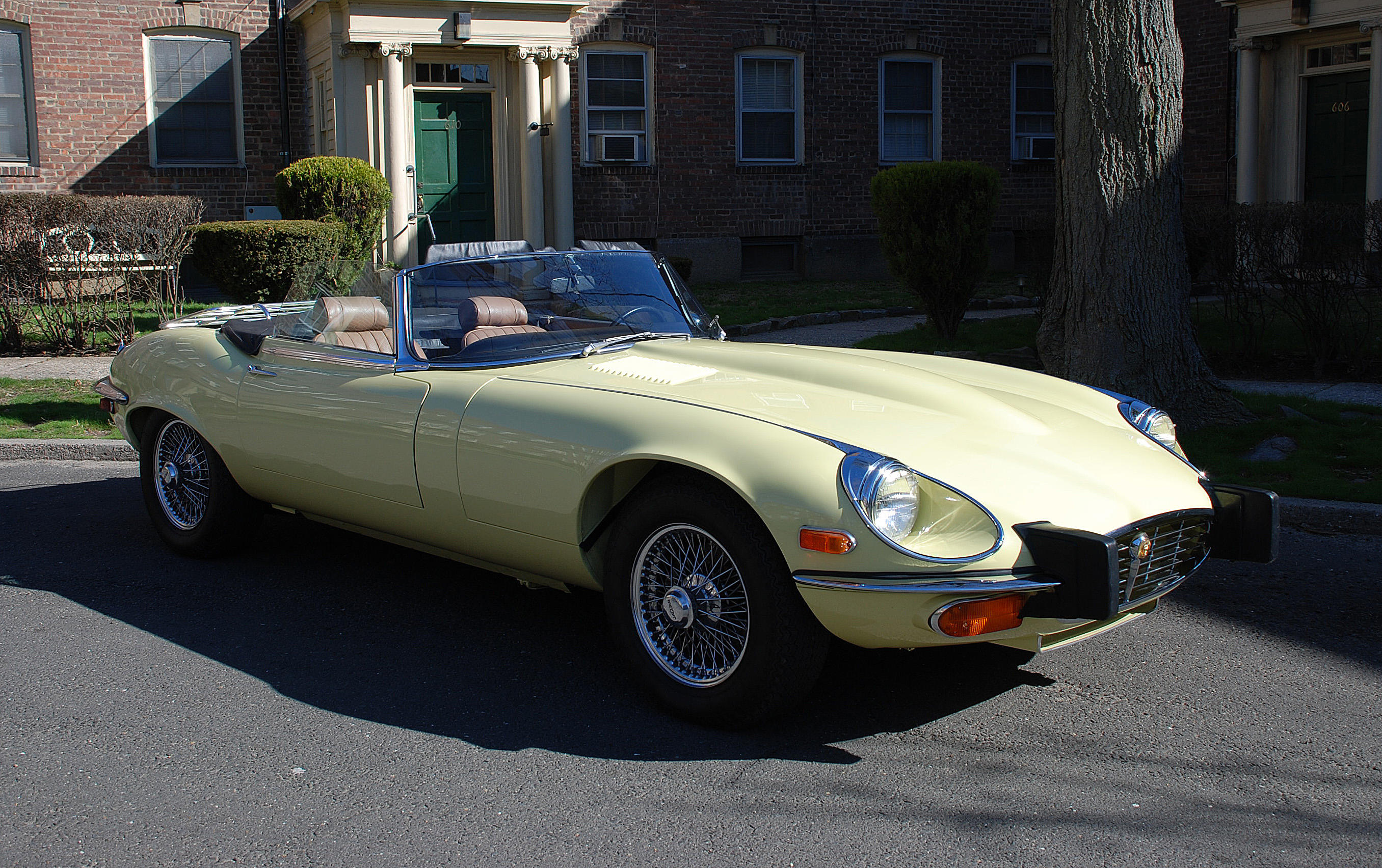
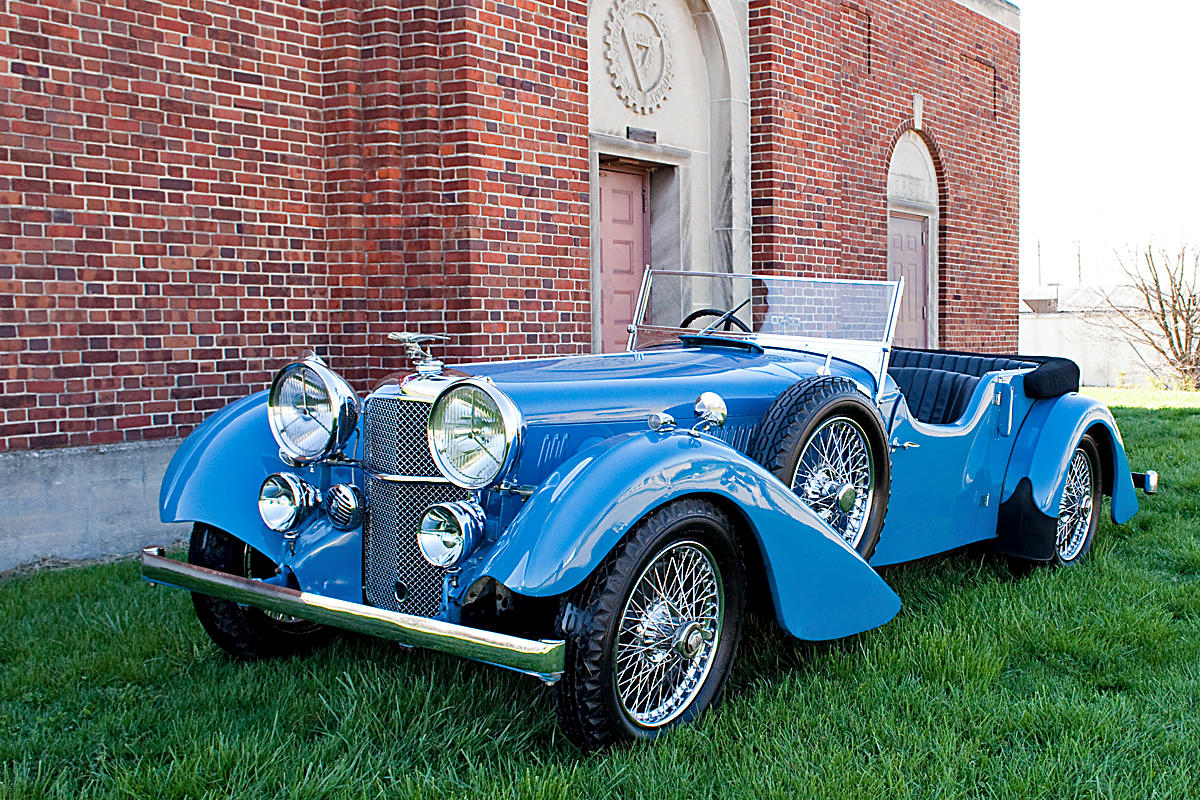
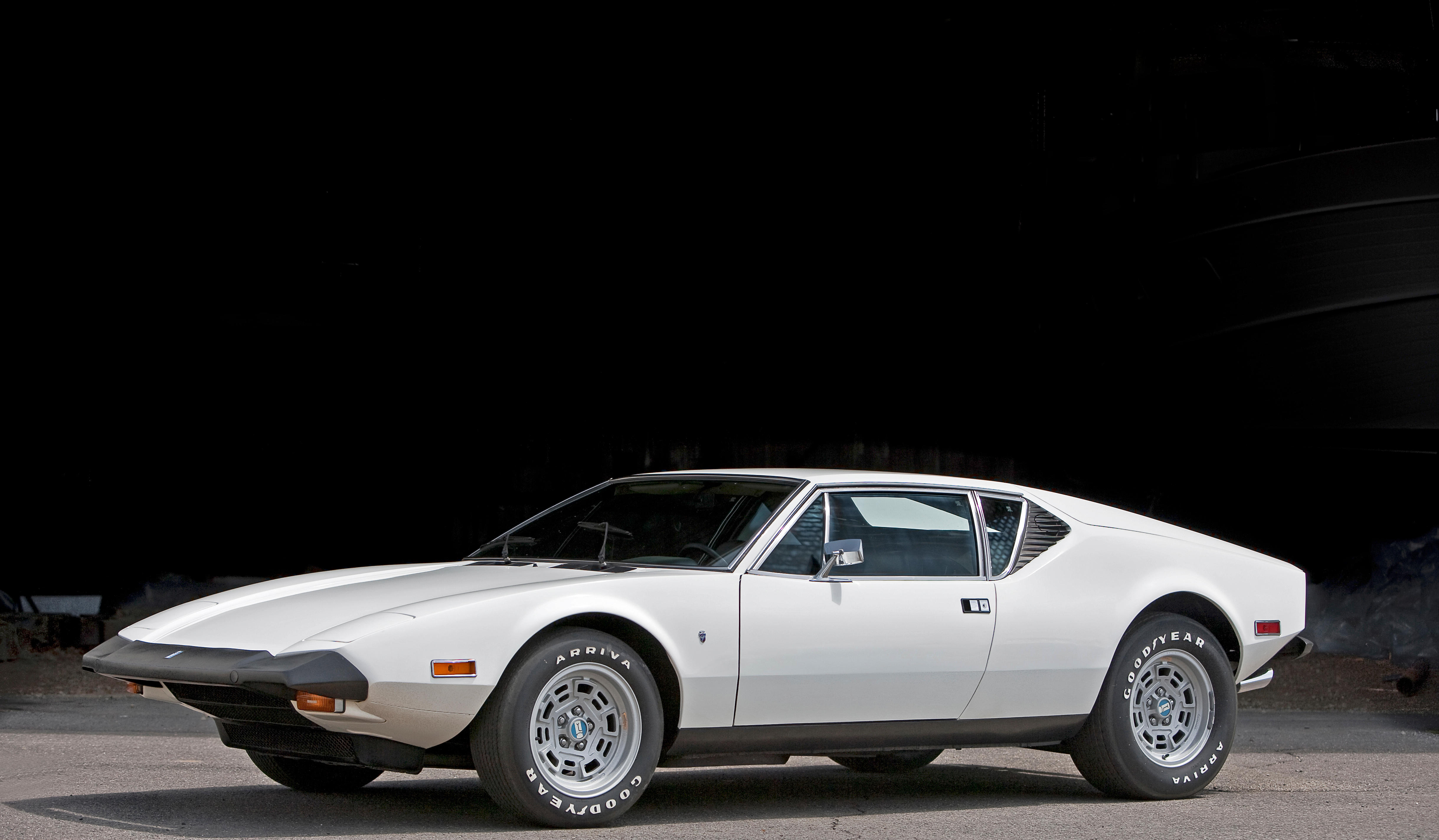
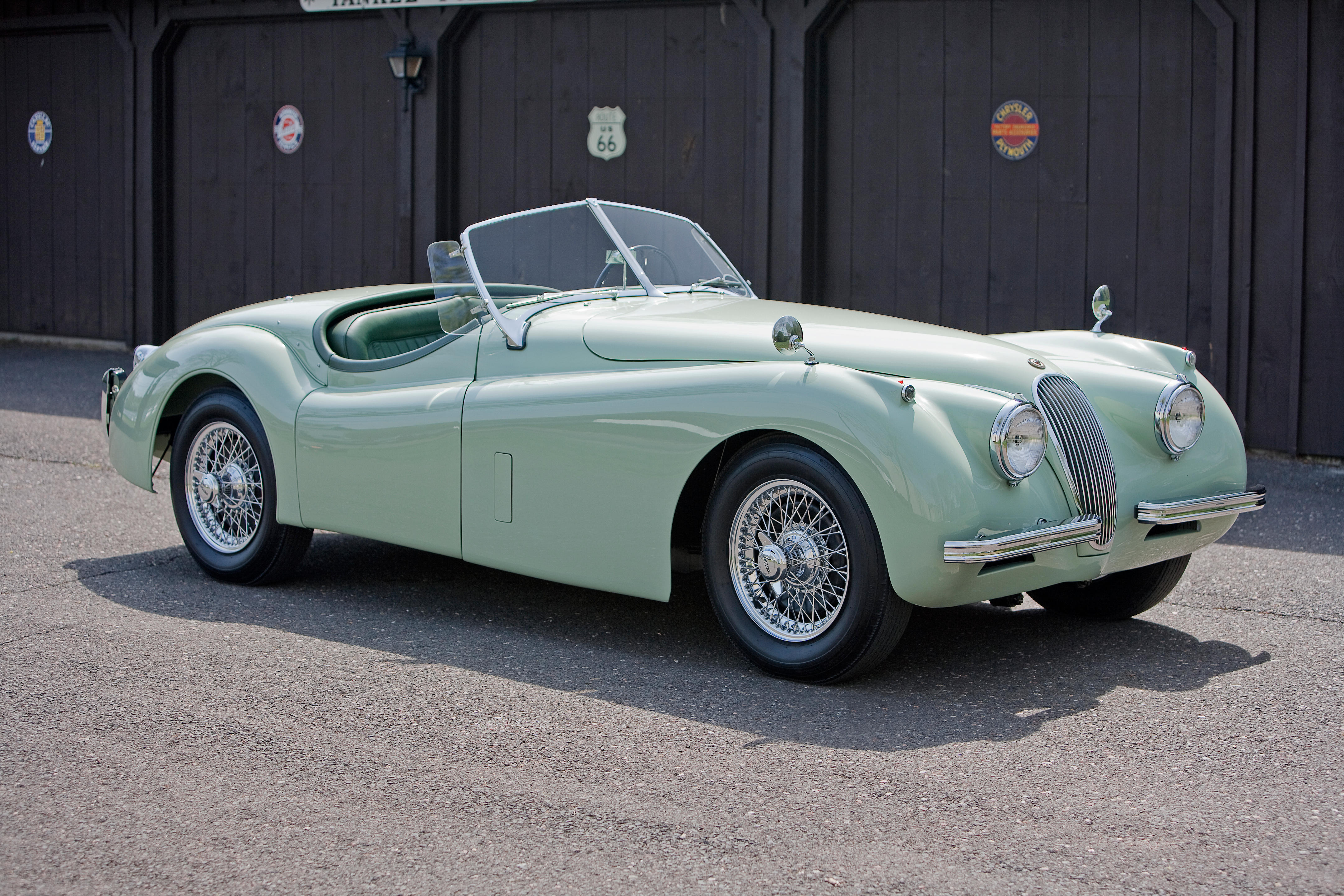

Testen Sie LotSearch und seine Premium-Features 7 Tage - ohne Kosten!
Lassen Sie sich automatisch über neue Objekte in kommenden Auktionen benachrichtigen.
Suchauftrag anlegen